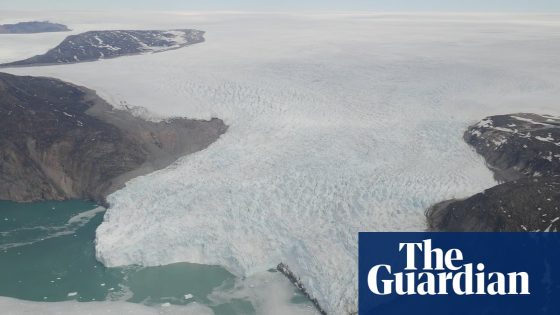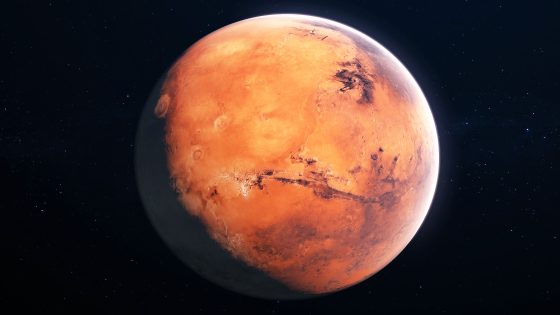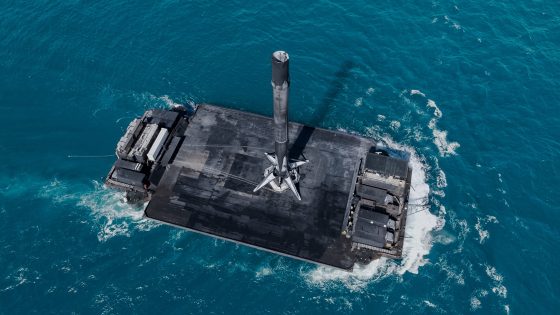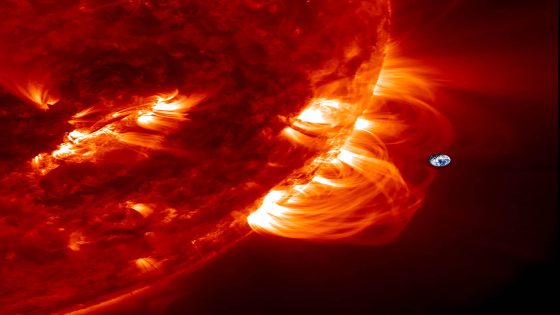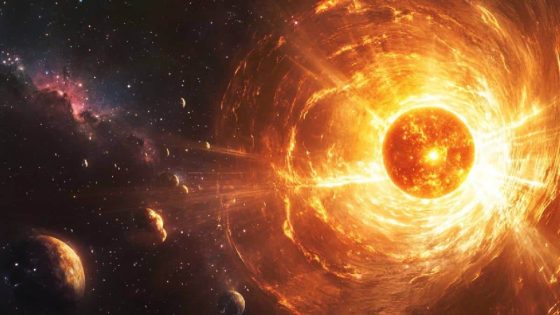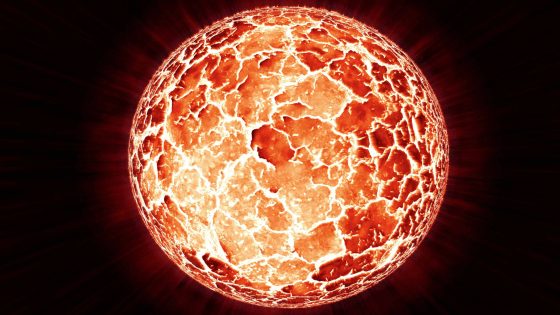The Greenland ice sheet is cracking more rapidly than ever before, raising alarms about climate change. A recent study reveals that these cracks are expanding significantly, posing serious implications for global sea levels. What does this mean for the future of our planet?
- Greenland ice sheet cracking rapidly due to climate breakdown
- Researchers analyzed 8,000 satellite surface maps
- Crevasses increased in size and depth significantly
- Ice sheet acceleration linked to ocean warming
- Study aims to improve sea level rise projections
- Dynamic instabilities could cause significant sea level rise
Greenland Ice Sheet Cracking: What You Need to Know About Climate Change
How quickly is the Greenland ice sheet changing? Researchers have found that between 2016 and 2021, the size and depth of crevasses in the ice sheet increased dramatically. This rapid change is alarming and highlights the urgent need for action against climate change.
Impacts of Greenland’s Ice Sheet on Global Sea Levels
The Greenland ice sheet has contributed to approximately 14mm of sea level rise since 1992. This increase is primarily due to accelerated melting caused by rising temperatures. The implications for the U.S. are profound, as many coastal cities could be at risk.
- Increased flooding in coastal areas.
- Threats to ecosystems and wildlife habitats.
- Economic impacts on real estate and insurance industries.
- Need for improved infrastructure to handle rising waters.
Understanding Crevasses and Their Role in Ice Dynamics
Crevasses are wedge-shaped tears in glaciers that indicate stress within the ice. The study found that these crevasses are growing at an unprecedented rate, which could lead to further destabilization of the ice sheet. Why is this important? Because as these cracks widen, they can accelerate the flow of ice into the ocean, contributing to sea level rise.
Future Projections: What Lies Ahead for Sea Levels?
Experts warn that dynamic instabilities in glaciers could lead to significant sea level rise—up to one meter by 2100 and potentially ten meters by 2300. This projection underscores the need for better models to predict these changes and prepare for their impacts. How can we mitigate these effects? By investing in research and infrastructure to adapt to a changing climate.
In conclusion, the rapid cracking of the Greenland ice sheet serves as a stark reminder of the urgent need for climate action. Understanding these changes is crucial for safeguarding our communities and ecosystems.



